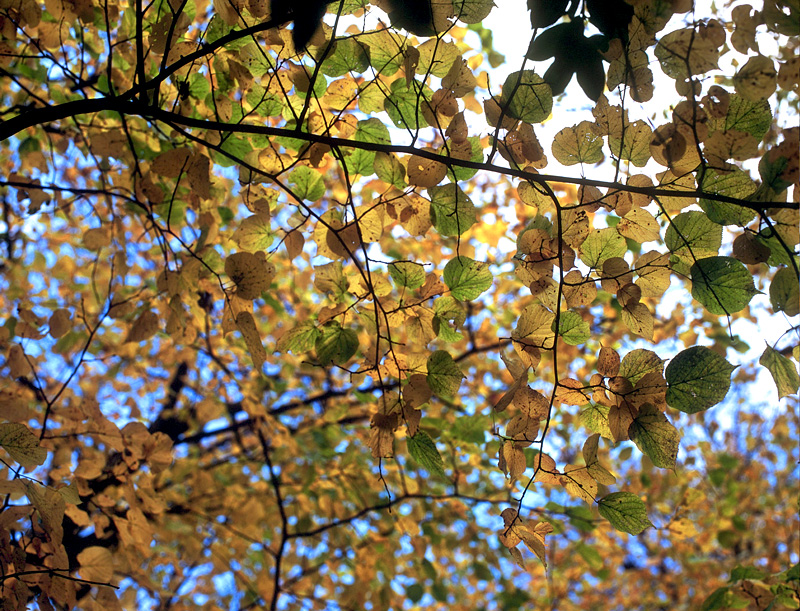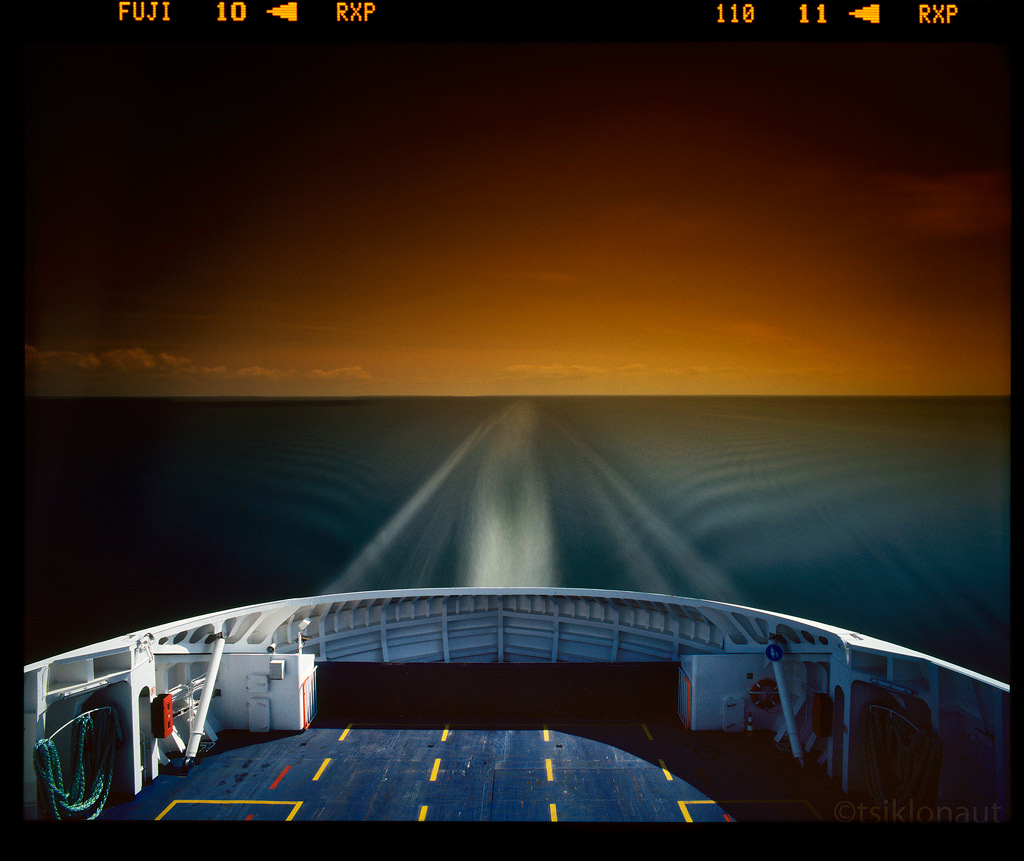HHPhoto
Well-known
Yep, this is what we E6 shooters all should do - not just buy but also SHOOT more.
Margus
Hi Margus,
don't worry, I am not only buying more from year to year, but also shooting more from year to year.
This year I will have another E6 shooting record 🙂.
And it feels so good!! So much joy!!
Margus, your shots are breathtaking! Please keep on showing it here. At least one picture every 2-3 days :angel:. Thanks!
Cheers, Jan

















